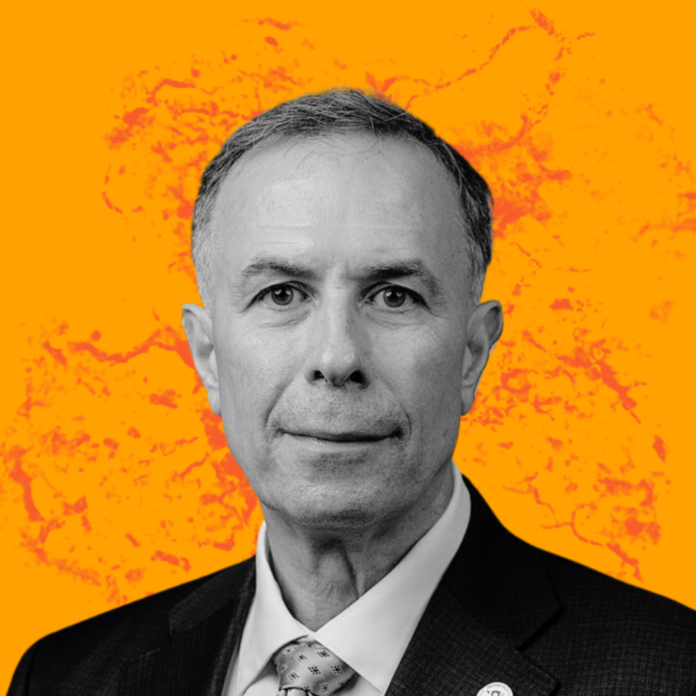In April, the Department of Homeland Security established an Artificial Intelligence Task Force to essentially figure out how the department will integrate AI, and the tools using it, and leverage it for good. Dr. Dimitri Kusnezov, the Under Secretary for DHS’ Science and Technology Directorate (S&T), along with DHS Chief Information Officer Eric Hysen were tasked with leading this critical task force and addressing the many ways in which artificial intelligence, including revolutionary advances in generative Al, will drastically alter the threat landscape and augment the arsenal of tools we possess to succeed in the face of threats.
Kusnezov’s eye is firmly on the future – and his background in artificial intelligence at the Department of Energy and in academia has prepared him to assess and act on how we stay ahead and engaged with new technologies like quantum, autonomous systems, nanoscience and artificial intelligence to understand the new functionality and the new threats created. He is focused on the gaps that can be preyed upon in an enterprise when smarter systems, enabled by next-generation networks, ubiquitous sensors, and smarter edge devices, can be exploited by adversarial AI. As the science advisor to the Secretary of Homeland Security, Kusnezov heads the research, development, innovation and testing and evaluation activities in support of DHS’ operational components and first responders across the nation. S&T is responsible for identifying operational gaps, conceptualizing art-of-the-possible solutions, and delivering operational results that improve the security and resilience of the nation. This physicist’s previous roles include senior advisor to the Secretary of Energy and chief scientist for the National Nuclear Security Administration.
Kusnezov recognizes that we are at another turning point in our evolution of the “information age,” and in an interview with SIGNAL magazine said that what we face is “richer, it is faster, it is more transformative and it touches more parts of the country, more sectors of the economy — all of them, in fact — and all demographics.” He is leading his directorate, and the department, into a new era where our understanding of the convergence of numerous extremely advanced technologies, something Kusnezov calls “non-linearities,” and how people exploit them will determine our success or failure.
